When you snuggle up in bed for the night, you turn out the light, close your eyes, and let yourself drift off to sleep. You don’t have to think about breathing because your body does it automatically. But how different would sleeping be if you did it in a swimming pool? Most people would very
When you snuggle up in bed for the night, you turn out the light, close your eyes, and let yourself drift off to sleep. You don’t have to think about breathing because your body does it automatically. But how different would sleeping be if you did it in a swimming pool? Most people would very quickly end up with a nose full of water!
Whales and dolphins are a lot like us. They are mammals, which means they give birth to live babies, they’re warm blooded, they breathe air, they produce milk, and they even have tiny hairs on their bodies. But they also live in water all the time, so they don’t have automatic breathing like we do. A dolphin has to choose to take every breath.
That’s a problem when it comes to sleeping. Some whales and dolphins can spend up to 30 minutes underwater, but a good night’s sleep requires a lot more time than that, and if a dolphin isn’t awake, it can’t breathe. So how do they get around this problem?
Only one half of their brain goes to sleep at a time!
The dolphin lounges near the surface of the water and sleeps with half of the brain, while the other half of the brain stays awake. This means that the dolphin can rest half of its brain, but still be able to breathe or watch for predators. They sleep up to 8 hours a day like this. It’s impossibe to know exactly what this feels like, but some scientists think that it might be like the floating feeling you get just before you fall asleep, or before you’re fully awake.
What do you think dolphins dream about?








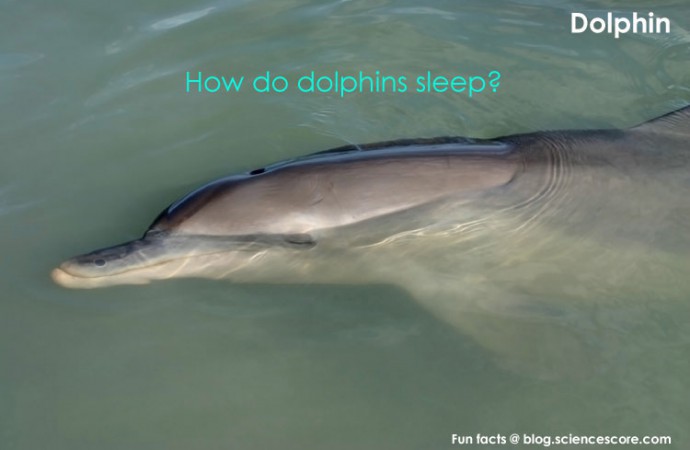
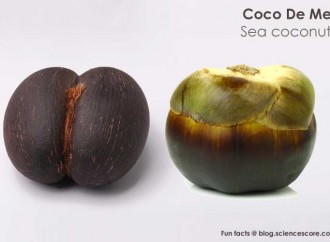

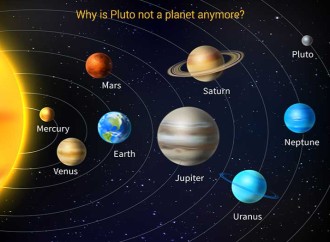
















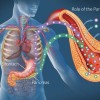


















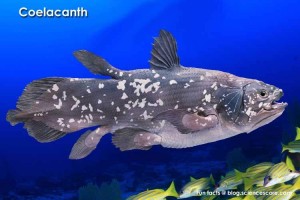
Leave a Reply